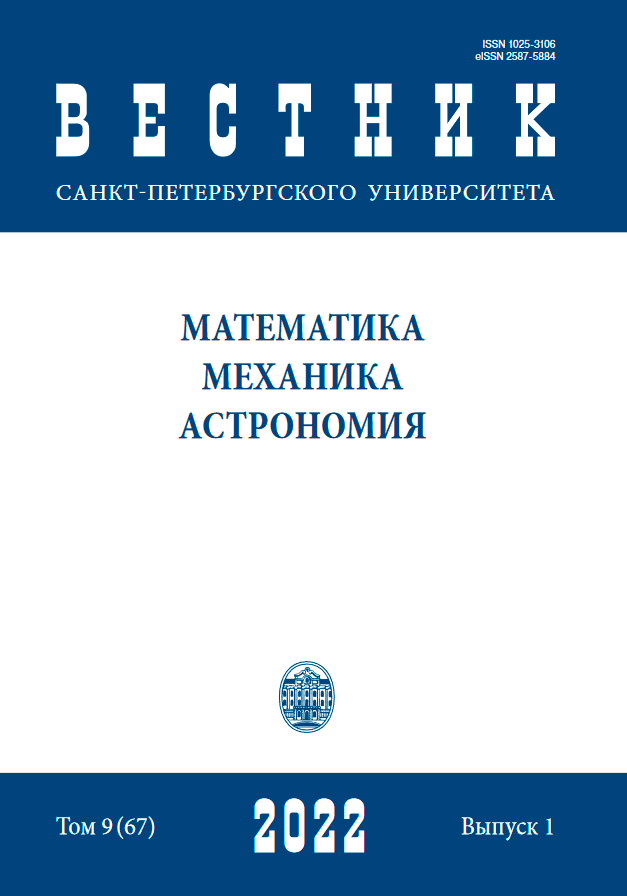О выборе базисных функций регрессии и машинном обучении
DOI:
https://doi.org/10.21638/spbu01.2022.102Аннотация
Как известно, в задачах машинного обучения широко используются средства регрессионного анализа, которые позволяют устанавливать связь между наблюдаемыми переменными и компактно хранить информацию. Наиболее распро страненным является случай, когда функция регрессии описывается линейной комбинацией некоторых заданных функций f_j(X), j= 1, . . . , m, X принадлежит D содержится в R^s. Если наблюдаемые данные содержат случайную ошибку, то восстановленная по наблюдениям функция регрессии содержит случайную ошибку и систематическую ошибку, зависящую от выбора функций f_j. В данной работе указана возможность оптимального, в смысле заданной функциональной метрики, выбора f_j, если известно, что истинная зависимость подчиняется некоторому функциональному уравнению. В ряде случаев (правильная сетка, s ≤ 2) близкие результаты могут быть получены с помощью техники а нализа случайных процессов. Численные примеры, приведенные в данной работе, иллюстрируют существенно более широкие возможности предполагаемого подхода к задачам регрессии.
Ключевые слова:
регрессионный анализ, аппроксимация, базисные функции, операторный метод, машинное обучение
Скачивания
Библиографические ссылки
Литература
References
Загрузки
Опубликован
Как цитировать
Выпуск
Раздел
Лицензия
Статьи журнала «Вестник Санкт-Петербургского университета. Математика. Механика. Астрономия» находятся в открытом доступе и распространяются в соответствии с условиями Лицензионного Договора с Санкт-Петербургским государственным университетом, который бесплатно предоставляет авторам неограниченное распространение и самостоятельное архивирование.




